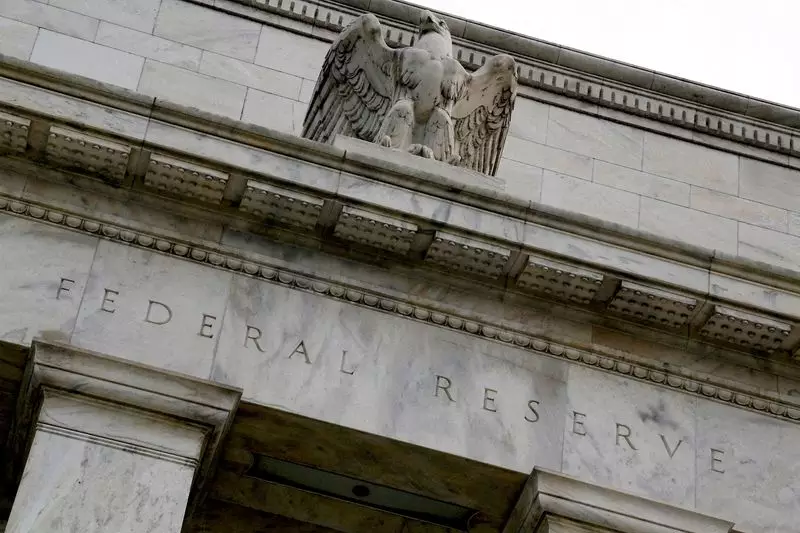The latest report from the Federal Reserve has highlighted “notable” vulnerabilities on the financial stability front. The Fed pointed out that the stresses banks faced last spring have diminished, but the risks associated with borrowing levels remain a concern. The report emphasized that declines in the fair values of fixed-rate assets have been significant relative to the regulatory capital at some banks. Despite these challenges, the Fed acknowledged that acute stress in the banking system has decreased since last spring. This positive development can be attributed to robust bank profits and reduced capital distributions, which have contributed to increased regulatory risk-based capital ratios.
In terms of the economy, the Federal Reserve reiterated its commitment to getting inflation pressures back to the target of 2%. The rate-setting Federal Open Market Committee stated that it does not anticipate reducing the target range until it has greater confidence that inflation is moving sustainably toward 2%. This indicates that the Fed remains focused on achieving its inflation objective and is willing to adjust monetary policy accordingly.
The release of the Fed’s report precedes two days of testimony by Fed Chair Jerome Powell scheduled for next week. Powell is expected to address various topics, including stability within the U.S. financial system and the central bank’s policy stance. Lawmakers are likely to question Powell about the Fed’s approach to monetary policy, especially in light of concerns about high rates impacting housing affordability and inflationary pressures. With the presidential election looming, the Fed’s policy decisions are under scrutiny from both Democrats and Republicans, each with their own set of concerns and criticisms.
The Fed’s next interest rate-setting meeting is slated for March 19-20, and it is widely anticipated that policymakers will keep the benchmark policy rate unchanged at 5.25%-5.5%. Following the aggressive rate hikes implemented to address high inflation rates, the Fed is now expected to consider a rate cut in the near future as inflation moves closer to the 2% target. Recent economic data has been mixed, which has led to uncertainty about the timing of a rate cut. Projections from policymakers at the upcoming meeting should provide more insight into when the Fed may decide to lower borrowing costs. While previous projections hinted at a potential rate cut in 2024, the current economic landscape suggests that a rate cut may be imminent but the exact timing remains uncertain.
The Federal Reserve’s latest report sheds light on the financial vulnerabilities facing banks and the broader U.S. financial system. Despite the progress made in stabilizing the banking sector, challenges remain in terms of borrowing levels and fixed-rate assets. The Fed’s commitment to achieving its inflation target underscores the central bank’s dedication to sustaining economic stability. Moving forward, policymakers will need to carefully navigate the evolving economic landscape to ensure that financial stability is maintained while addressing inflationary pressures.

